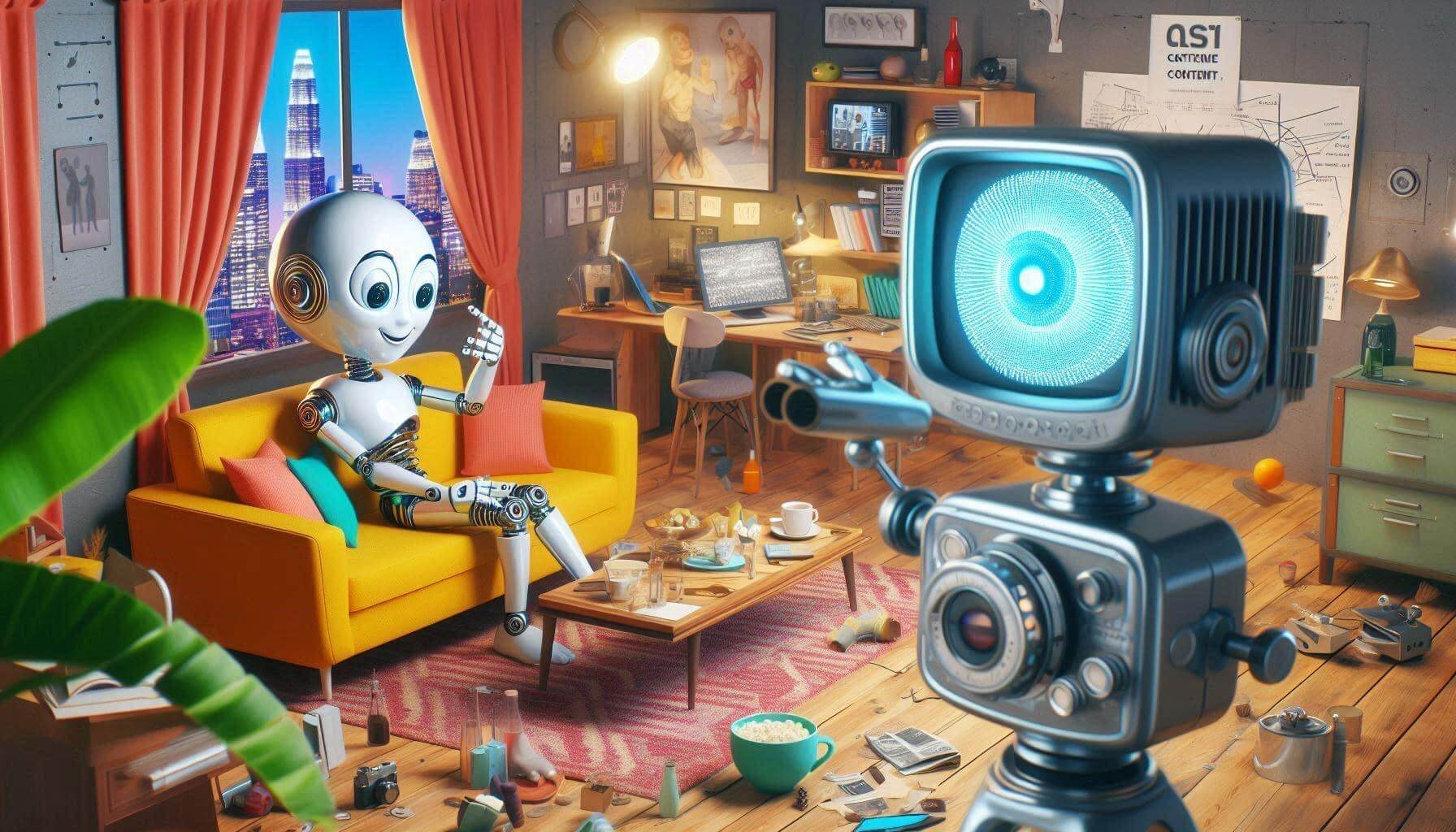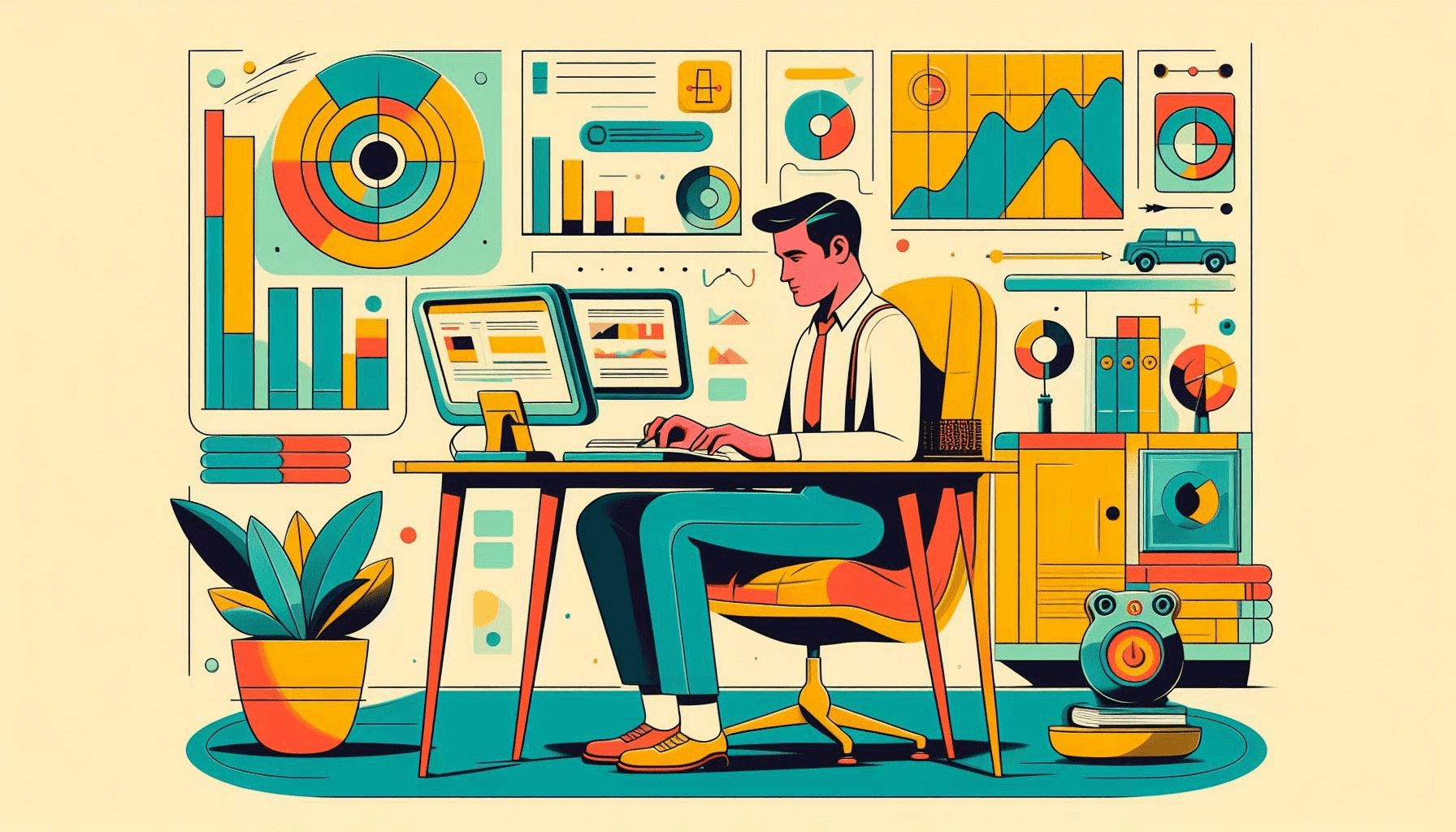A well-designed website is more than just a few pretty graphics and some content- it must function for your needs and for those of your visitors.
A website developer including 99 Robots, one of the top-rated web developers in New York by DesignRush, should work with you to ensure that your site runs as seamlessly today as it does a year from now. Naturally, your website will go through changes during that time period, but with a little communication and pre-planning, you can easily adapt your site to meet the changing needs of your business without the need to go back to the developer.
In other words, a good developer will make himself obsolete from the website’s future. In order to make this a reality, you’ll need to provide your developer with some specific information and instructions.
1) Explain your vision and plan for the business
The very best place to start when conceptualizing website design with your developer is the vision and plan you have for your business. It’s important that the developer knows the direction of the business so he can think about web extendability or how the current website can be built to account for future development.
By sharing the vision for the company, you enable your web developer to consider alternative or extra functionality for your site that you may not have considered. Consider the following questions:
- What is the ultimate goal of the business? Do you want to be the top-selling gizmo company in the world?
- How many new products will you add over the next ten years?
- How much of your business is or will be internet-based?
- Do you want to add a blog and market your content?
- Will you use social media to generate new visitors?
Developers have built websites for many types of clients and can draw from their experience if you give them the vision. In many cases, a developer can open your eyes to new solutions to problems you have or features you wish to build. Be sure to share your vision and plan for the business.
2) Describe the competition’s strengths and weaknesses
Chances are that your company will have competition. Giving your developer a list of competitors with a few notes about what you like and dislike about your competition will give them an inside look at the industry. Share distinct differences between you and the competition so your developer can design and showcase the differentiators. Think about these questions:
- How should your site stack up to competitor sites?
- What are the differences between your company and the competition?
- What do you like and dislike about the competitor’s websites.
- How do customers use their sites?
You are likely more of an expert in your niche than the developer, so empower him with information on the competition, especially what they are doing right or wrong. Understanding the competition will give the developer a firm grasp on what needs to be built and how to differentiate you from your competitors.
3) Illustrate how your organization will use the website
It is important that you share your expectations for how you will use the website. You probably want to manage the website on your own without the need to go through the developer for every change, so it’s important that you share how you intend to use the website on a daily basis. Consider these questions:
- Which departments in your company will utilize the website?
- Do you need the ability to manage content? Which CMS are you most familiar with?
- How much data flow will occur between customers and different departments in the company?
- How many users do you expect to have? Will they have different roles/capabilities?
- What do you need to be able to do on your site? Publish blog posts? Manage orders?
Walking the developer through your daily use of the website will add an extra layer of detail to the project and ensure it is built to fit your needs.
4) Share your design preferences and branding image
When talking to your web developer about design preferences, consider the company’s overall image. What other websites look and feel like the one you want to build? Make sure to describe design styles that you dislike or find irrelevant to the company branding.
If you’re unsure of design style preferences for your brand, a good developer can speak to the pros and cons of various design trends and how they could fit into your branding. Think about design with these questions:
- Is there a color scheme that is already used in printed material and correspondence? Do you want your website to match that scheme?
- Is the company traditional or cutting edge? How can the design reflect that?
- High tech or not so high tech? It isn’t that one is necessarily better than the other, you simply want your web design to reflect your company.
- Do you have any example websites that you want to emulate?
- Do you have a specific design trend that you feel reflects your brand well? Flat, Material, Skeuomorphism (Realism)?
When discussing design, it’s important to have an open mind and consider every option as it relates to the visitor instead of personal preference. If your developer understands how the website should feel to a visitor, it will be much easier to design something that will work to grow your business.
5) Define your goals for conversion
One of the most important goals for a website is to convert site visitors into customers. Before starting your website project, make sure to define the existing conversion rates of your marketing funnel as a baseline to compare the new website against. Share this information with the developer so he can design a site that could help improve these numbers.
Your goals might include:
- Getting visitors to sign up for a weekly newsletter so you can stay in touch
- Encouraging visitors to become shoppers
- Making sure shoppers don’t stop before checking out but actually complete the payment process
You can even work with your website developer to create landing pages and A/B split tests to discover which design and call to action methods work best with your users – turning your website into an ongoing experiment instead of a static solution.
Sharing your conversion goals with the developer will ensure that the site is being built to reach your goals and grow your business.
If you want better feedback about how your site functions, check out Feedier’s Website Feedback tool. Using Feedier, you can boost your conversion rate, get improvements and bug reports, improve your overall visitor experience, and create a relationship with your end-users.
6) Share your plan for independence
Communicate to your web developer that you need to use the site on your own without the need for developer interference. The last thing you need as a business owner is to go through a developer in order to change a few words on the About page or swap the logo.
This means that you’ll want features such as:
- Template pages so you can easily create new pages and features as needed
- Global CSS stylesheets, which can make creating a new page easier, as some elements—such as text, font, and color—will simply remain the same throughout
- Ask about W3C validity tests and whether the developer checks to make sure the page doesn’t have any problems. This will help you avoid coding mistakes that can impact your pages negatively in the future or impact your search engine rankings.
- A Content Management System (CMS) with the ability to update all components
Make sure the developer knows you want to manage this site and have the ability to change an explicit list of items. With a good CMS (like WordPress), you’ll have the power to change anything on your site with ease as long as the developer knows what you need.
Choosing a Web Developer
Choosing a web developer is a big decision. Developing a professional website is time consuming and expensive. The last thing you want is a bad developer with poor instructions – you’ll get bad code that doesn’t solve the real problem. Decide:
- If you want to use an in-house designer
- Whether the developer fully understands your needs
- Whether the developer knows how to appropriately code your page and streamline it so it loads quickly and without errors
- If the developer’s portfolio has samples that you are confident in
- If the developer can give relevant feedback and tell you if you’re wrong
By taking a little extra time upfront to plan your website and share your expectations with the developer, you’ll avoid delays, poorly built solutions, and future disaster. It may seem like a huge pain to get through, but building a website can be fun with the right team – especially when they’ve been given everything they need.
Have any tips for communicating and hiring developers? Comment below!







